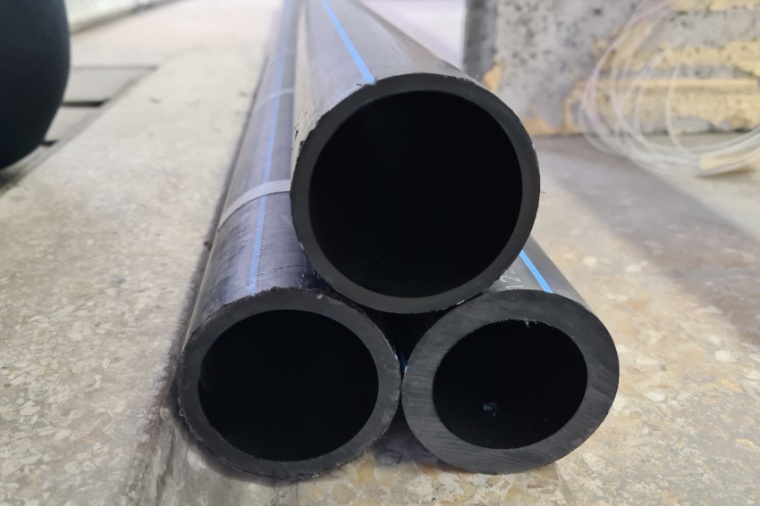With fiber optics against water wastage
A possible solution against water leakage, which in Italy accounts for one third of the water in the network.
Using fiber optic sensors to monitor water networks against wastage: Researchers from the Department of Civil and Environmental Engineering pioneered the use of distributed fiber optic sensing (DFOS) based on stimulated Brillouin scattering (SBS) technology for monitoring water pipeline networks over long distances. At the heart of this technology is the common and inexpensive optical fiber used for telecommunications capable of measuring deformations to a hundredth of a millimeter.

The scholars worked on high density polyethylene (HDPE) piping, today the most commonly used material for distribution systems. By wrapping and fixing the fiber optic sensor cable on the outer surface of the pipe, they tested the ability to detect deformations related to pressure anomalies along a pipe, such as those caused by water leaks. The experiment consisted of two phases. “In the first one,” the researchers explain, “we assessed the sensitivity of the sensor layout on an HDPE pipe stressed with static pressure. This first stage was successful, so we then concentrated on detecting the pressure anomaly produced by a leak in a piping circuit with flowing water. Overall, the results returned positive feedback on the use of DFOS, confirming the possibility of identifying and localizing even very small water leaks.”
In the future, the tested technology will be further developed towards industrial-scale production of natively smart HDPE pipes, where DFOS are integrated into the pipe surface during the extrusion process. Water resource wastage is a global issue, increasingly exacerbated by the impact of climate change on the hydrological chain. In Italy, more than one third of the water fed into the national distribution network is wasted. Widespread monitoring and efficient maintenance of the infrastructure are therefore two strategic and urgent actions. (Source: Politec. Milano)
Link: Civil and Environmental Engineering Dept, Politecnico di Milano, Milano, Italy











